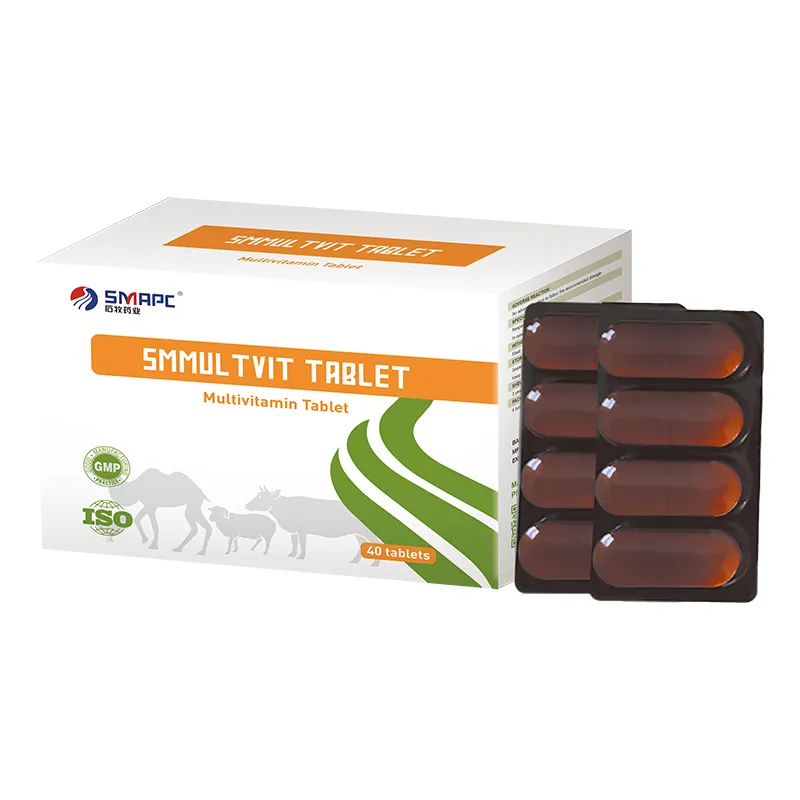When choosing chewy vitamins for your dog, it’s advisable to opt for high-quality products from reputable brands that are transparent about their ingredient sourcing and manufacturing processes. Look for products that are vet-approved and contain no artificial additives or fillers, as these could be detrimental to your dog's health.



